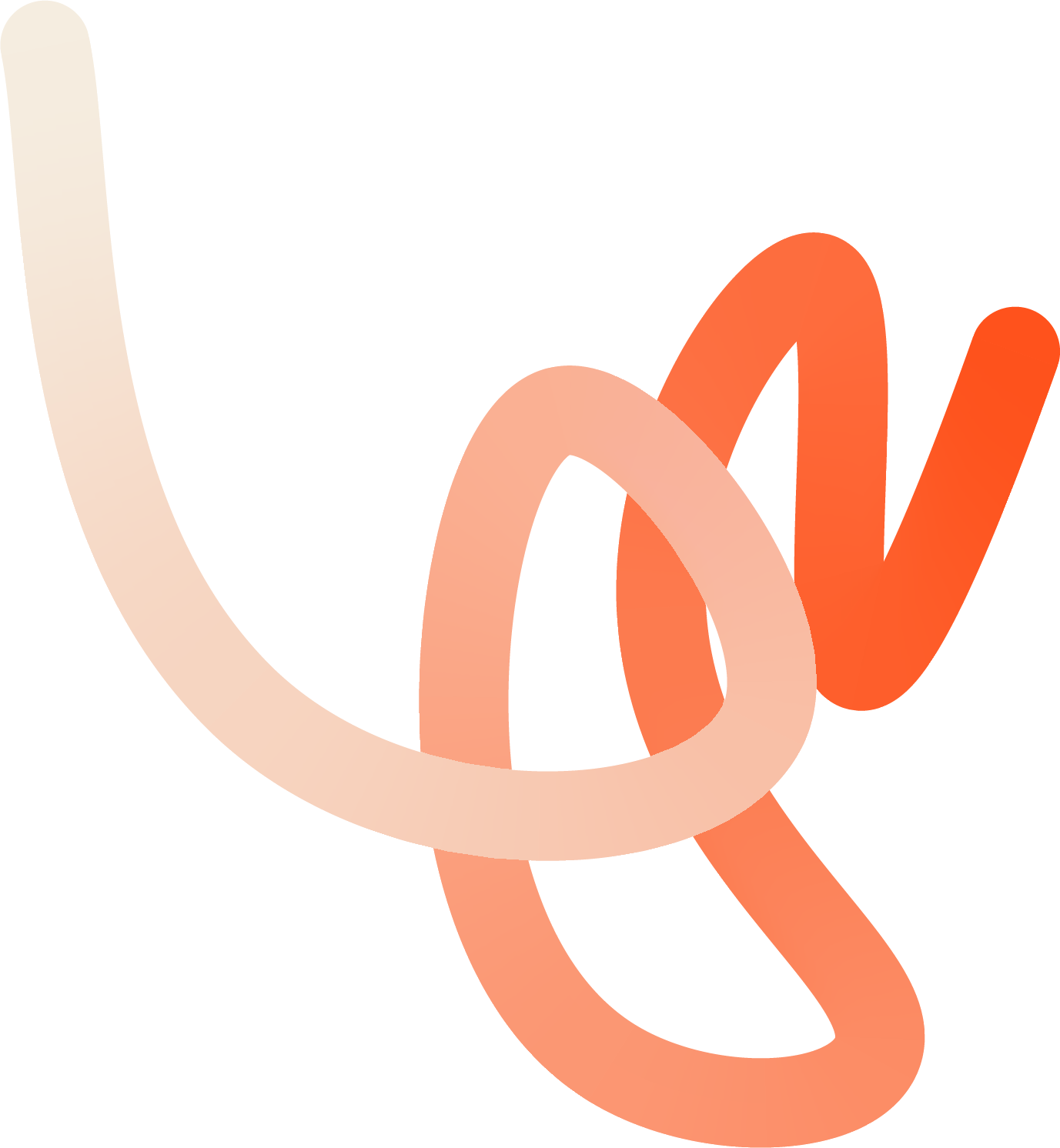Customer Acquisition Cost (CAC)
The customer acquisition cost (CAC) is a measure of how much money a company must spend to acquire a new customer.
- Das ist eine H2
- Das ist eine H3
Data is key to optimizing CAC and increasing customer acquisition efficiency. By using data-based insights, companies can target their marketing and sales activities more precisely, improve the customer experience and thus achieve profitable growth over the long term.
How to calculate the CAC?
The formula for calculating CAC is:
CAC = (marketing and sales costs)/(number of new customers)
Marketing and sales costs include all expenses that are directly related to acquiring new customers. These include:
- Salaries and commissions of marketing and sales employees
- Advertising and marketing campaign costs
- Costs of creating marketing materials
- Costs for participation in trade fairs and events
- Software costs for marketing automation and CRM systems
- The number of new customers is the number of customers who made a purchase for the first time in a specific period of time.
Interpreting the CAC
A high CAC means that a company must spend a lot of money to get a new customer. This can be a problem if the Customer Lifetime Value (CLV), i.e. the value that a customer generates over its entire lifetime is lower than the CAC. In this case, the company is not profitable.
A low CAC, on the other hand, means that a company is efficiently acquiring new customers. This can result in higher growth and profitability.
CAC optimization
There are several ways to optimize the CAC:
- Increasing the efficiency of marketing and sales campaigns: This can be achieved by using data-based marketing tools and optimizing campaigns based on customer data.
- Improving customer acquisition processes: This can be achieved by automating tasks, training salespeople, and improving customer experience.
- Increasing customer lifetime value: This can be achieved by improving products and services, providing excellent customer support, and developing customer loyalty programs.
The role of data in CAC
Data plays a central role in optimizing customer acquisition costs (CAC).
They can be used at various stages of the customer acquisition process to improve efficiency and effectiveness:
Data-based campaign planning
- Target group definition: Analyzing customer data to identify the ideal target groups for marketing campaigns
- Campaign optimization: Tracking of campaign KPIs and adjustment of campaigns in real time based on data to conversion rates to improve.
- Channel selection: Identify the most effective channels to reach the target audience using data on acquisition costs and conversion rates.
Personalizing the customer approach
- Individual offers: Creating personalized offers and messages based on customer data and buying behavior.
- Dynamic content: Customization of websites, landing pages, and emails to meet the individual needs and interests of customers.
- Trigger-based communication: Sending targeted messages and offers based on specific customer actions or behavior.
Improving customer experience
- Optimizing the customer journey: Identify points of friction and improve usability on websites and forms.
- Personalized customer support: Provide faster and more efficient support by using customer data and AI-powered tools.
- Feedback analysis: Collect and analyze customer feedback to continuously improve products, services, and customer experience.
CAC measurement and analysis
- Granular data collection: collection of detailed data on acquisition costs and Customer Lifetime Value (CLV) at customer level.
- CAC calculation: Precise calculation of the CAC, taking into account all relevant costs and channels.
- ROI analysis: Calculation of Return on Investment (ROI) of marketing and sales activities using CAC and CLV.
Predictive analytics
- Predicting customer behavior: Using machine learning models to predict customer buying behavior and the tendency of customers to churn.
- Identification of risk customers: Early identification of customers who are likely to leave and proactive customer retention measures.
- Optimizing customer acquisition: Focusing marketing and sales efforts on the most promising customer segments with the highest potential CLV
More information about our services reporting & business intelligence, Data Organization , Data Governance and Data culture.


Relevant Case Studies
Here you can find related examples of our work

Do you have questions aroundCustomer Acquisition Cost (CAC)?
Which services fit toCustomer Acquisition Cost (CAC)?
Follow us on LinkedIn
Stay up to date on the exciting world of data and our team on LinkedIn.



